Jump to:
Even if you don’t have a space for a garden, you can still enjoy growing through allotment gardening. This offers you a plot to grow fresh produce and connect with your community through a shared passion.
We have some allotment ideas to share with you to help you make the most of your plot. Feel free to pass them along to other gardeners you’ve formed friendships with! Let’s get into the list, shall we?
1. Plan your plot layout
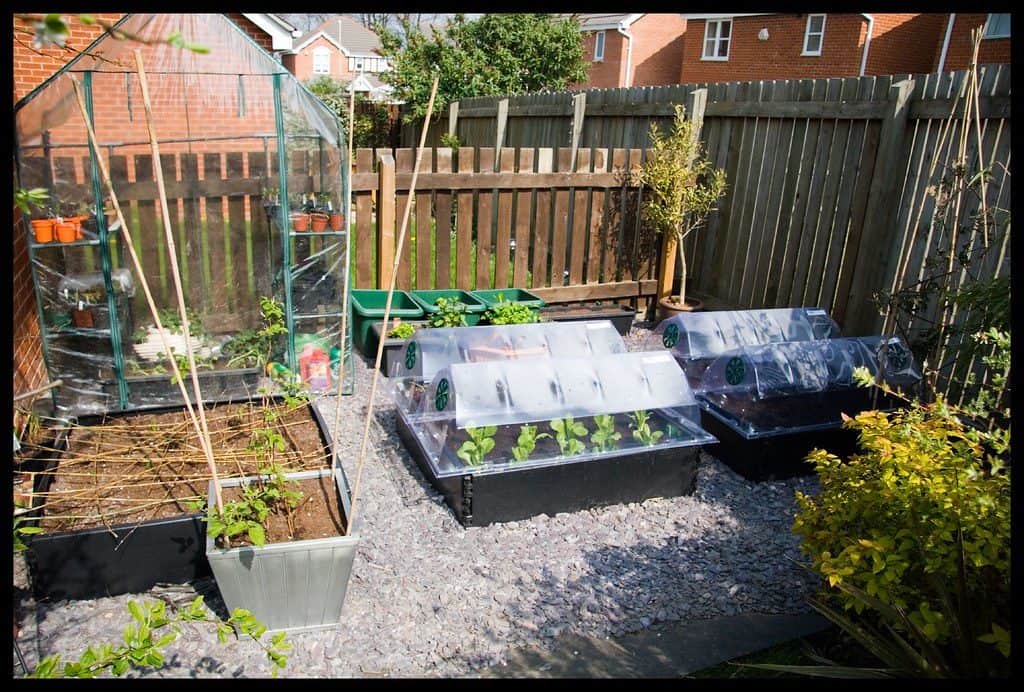
Consider the soil type in your allotment and choose plants accordingly. Then check where the sun rises and assess the best area to ensure your plants receive the needed photosynthesis.
Check for obstructions, such as rocks, pipes or garden sheds, as these could hinder plant growth. If obstructed, communicate with the management and inquire about guidelines for such situations. Or reach out to the shed owners to discuss alternatives. They might be willing to relocate it or make some adjustments — after all, it’s a community effort!
2. Opt for raised beds
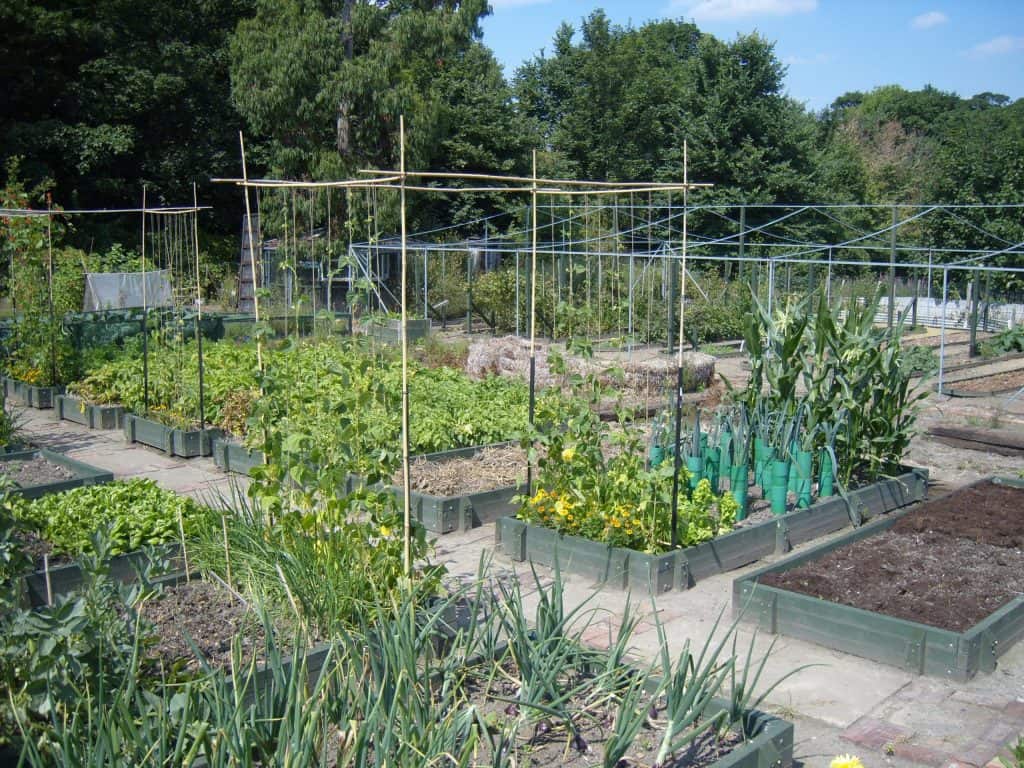
Raised beds are cost-effective and provide better control over soil quality and drainage. They also help define pathways around your allotment. Paint them in your favourite colour, using non-toxic paints to mark your growing space. Imagine if everyone had their own designated raised beds with unique colour codes!
3. Install a watering system
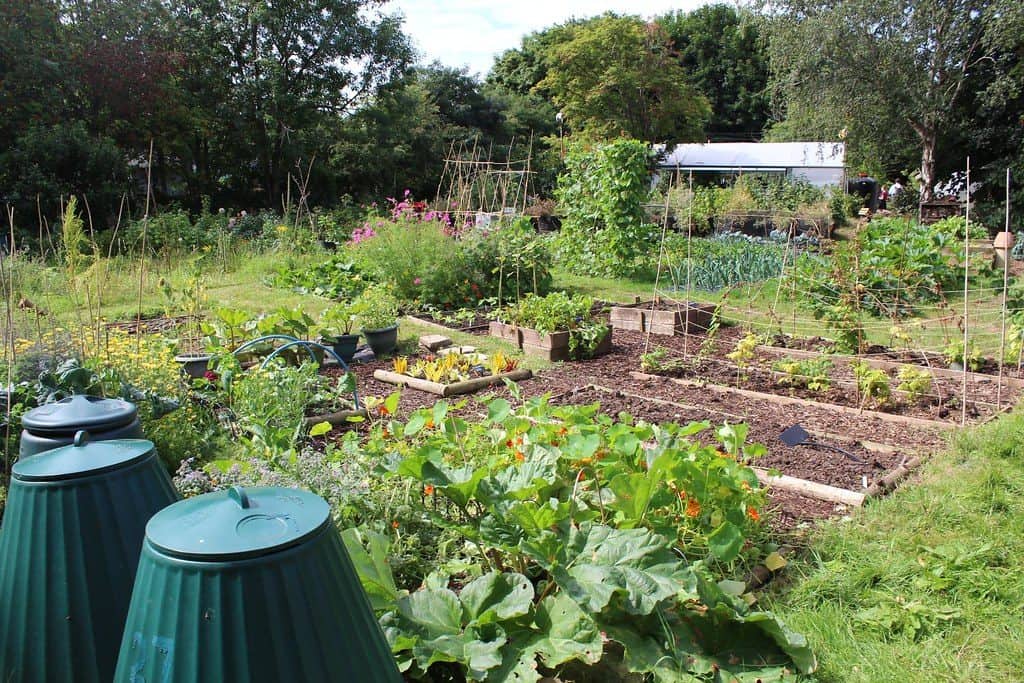
Consider installing a water tank for a reliable and permanent irrigation solution. This ensures a steady plant water supply, and can even save on money, particularly during dry spells.
Tip: Take a DIY approach, using recycled plastic drums to collect rainwater and save money in the long run. Harvesting rainwater conserves resources and provides a sustainable water source, which plants love!
4. Aim for a low-maintenance plot
To cut the time and effort required for upkeep, choose plants that require minimal care. Consider selecting hardy and disease-resistant varieties that thrive with minimal intervention. This is important if you have limited time to tend to your plot regularly.
4. Think vertically and horizontally
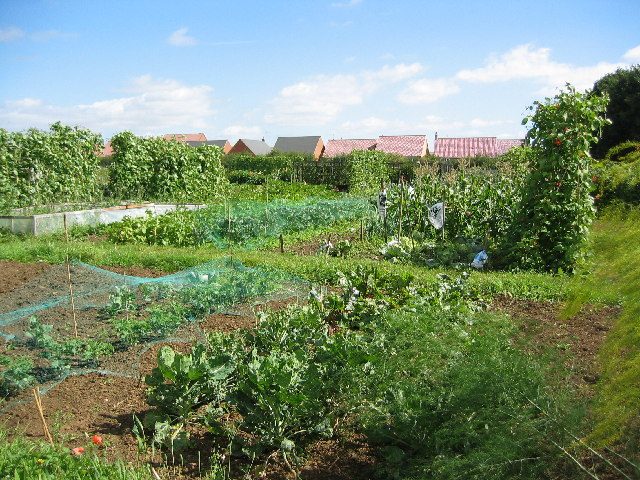
Maxing your growing space vertically and horizontally, regardless of your plot size. This means adding garden arbours and trellises to support vining plants. Such structures will enable them to grow upward and save valuable ground space. You could also use stepped-raised planters to create multiple tiers for planting and organisation.
5. Prepare the mulch
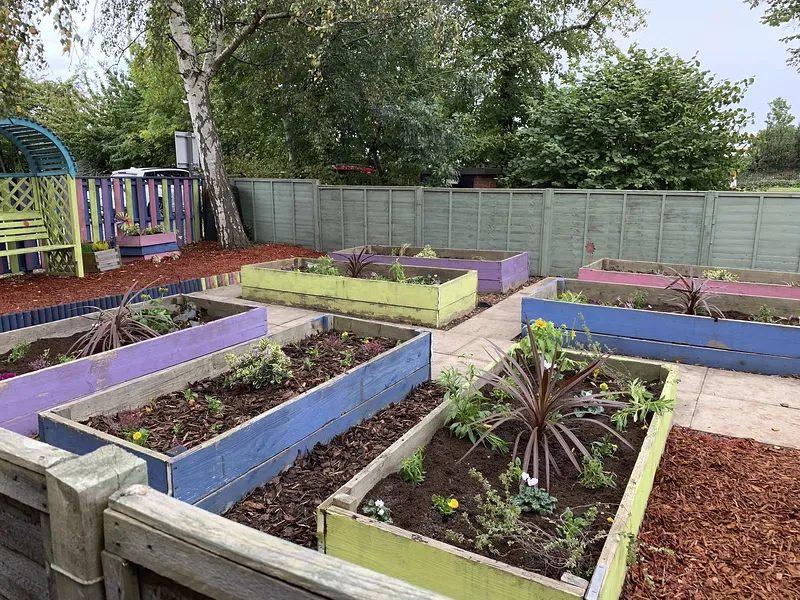
Improve your allotment’s moisture retention and reduce watering needs by adding mulch. Mulching does the job well, improving soil fertility as it decomposes. You can choose between organic mulch options like grass clippings or bark. Or opt for inorganic alternatives that effectively suppress weed growth.
6. Consider companion planting
Companion planting is one of the efficient allotment ideas we can’t recommend enough. It’s a growing method where you can grow several crops near one another and grow in the same bed. Pair compatible plants like lettuces and radishes with melons or squash. Other successful combinations include tomatoes with basil or carrots with onions. This, in turn, can lead to healthier plants and higher yields, and some can offer their natural protection to their companion.
7. Include a planting station for the kids
Get the children involved by setting up a designated play plot for them. A kids sand pit or a mud kitchen is a smart choice, equipped with kid-friendly garden tools and buckets. Your little ones can have more ‘green time’ and less ‘screen time’, while adults tend to their own green space.
8. Welcome wildlife
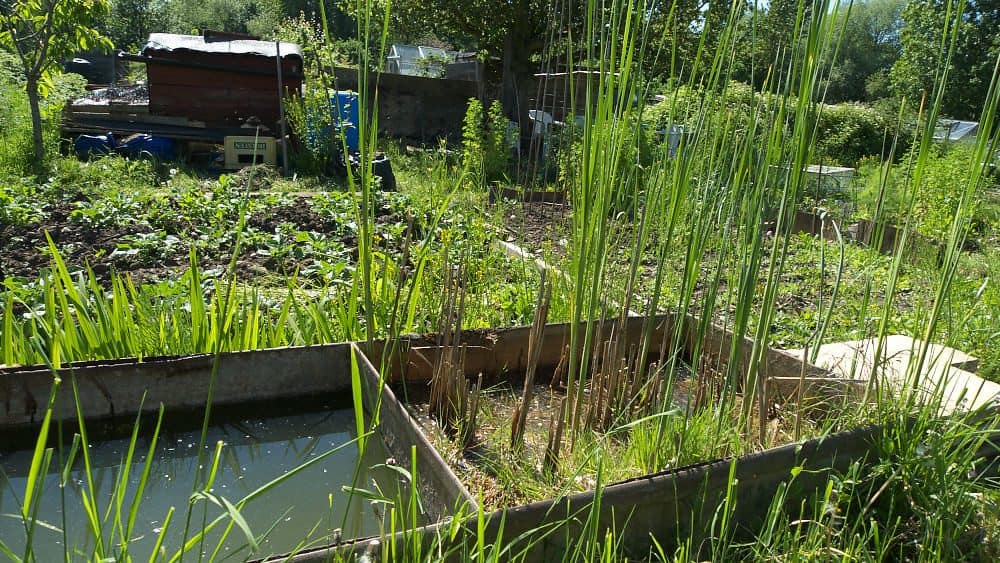
There’s no better pest control for your allotment than the natural solution provided by wildlife. For instance, insects like bees and butterflies are great for pollinators. Plant nectar-rich flowers around your allotment. Dandelions, honeysuckle, snapdragon, and butterfly bush are some of your best bets.
9. Bug hotel addition
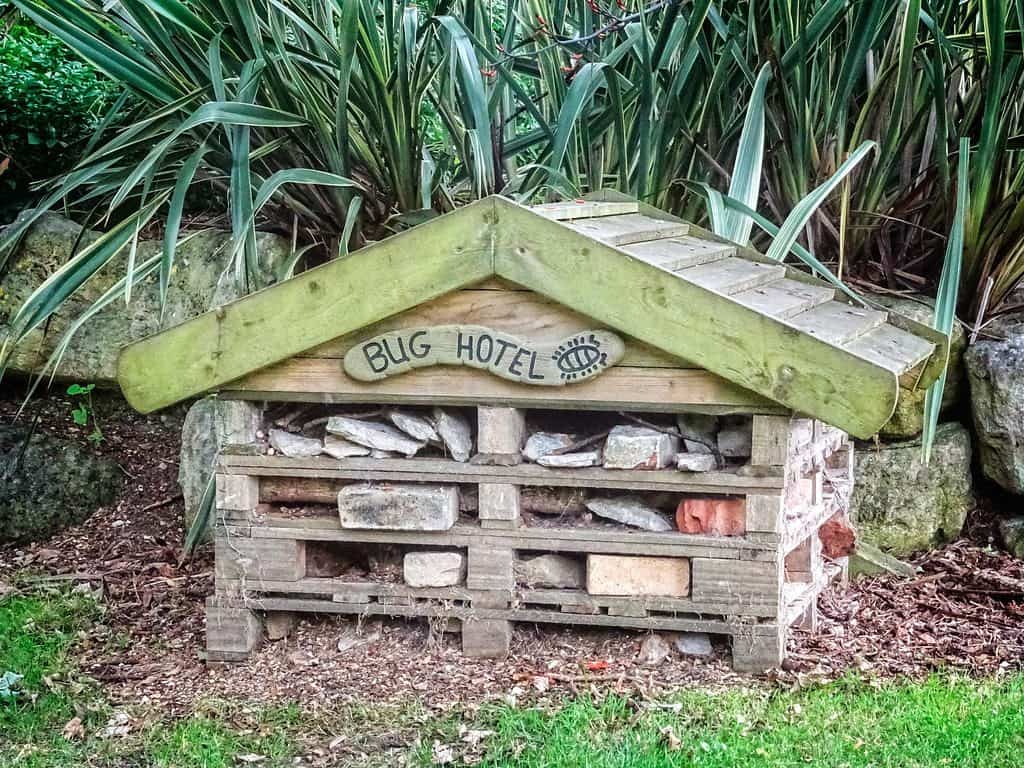
Bug hotels offer free accommodation to insects like ladybirds and woodlice. In return, when it’s time to check out, they’ll be right on-site to go about their pollination and pest prevention. The good news is it costs nothing to make an insect hotel; it just takes a little time and effort.
If you’d like to add even more character to your allotment, consider adding some of these Garden Accessories to add even more of your own touch to your green space.
10. Make your compost
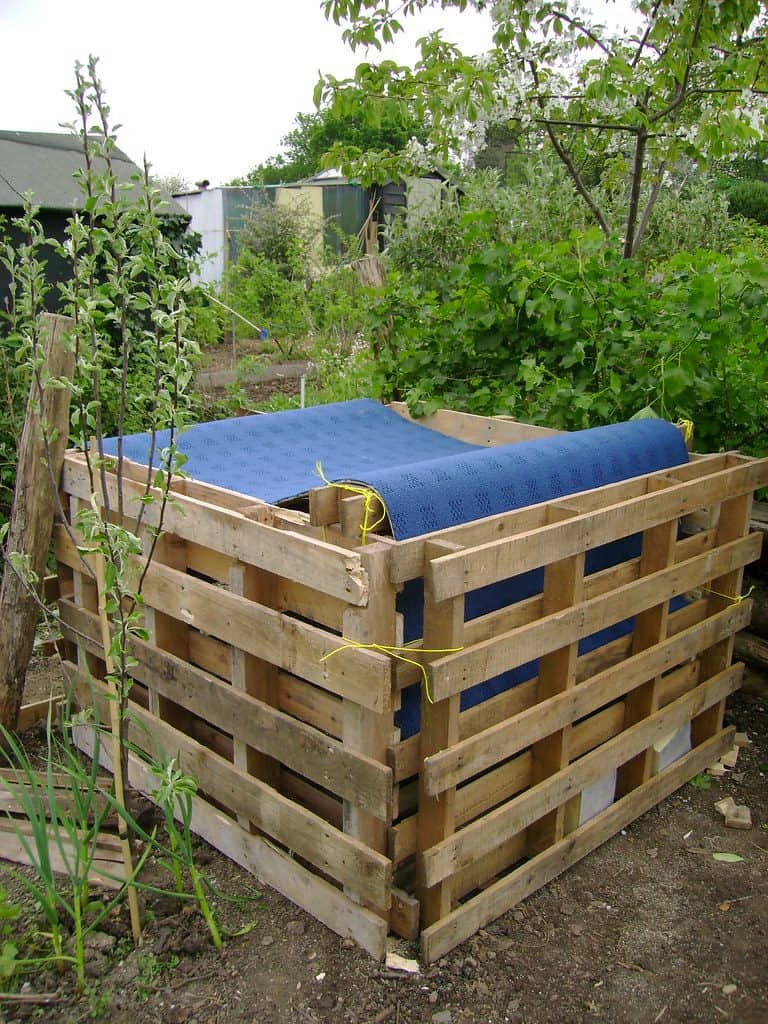
Allotment gardening can generate a lot of weeds and waste, and this is where composting comes in. Depending on the pile size, you may need one or two compost bins. Remember, composting requires patience as it takes time to break down materials. It may take anywhere from several months to a year to mature.
11. Insulate plants with cold frames
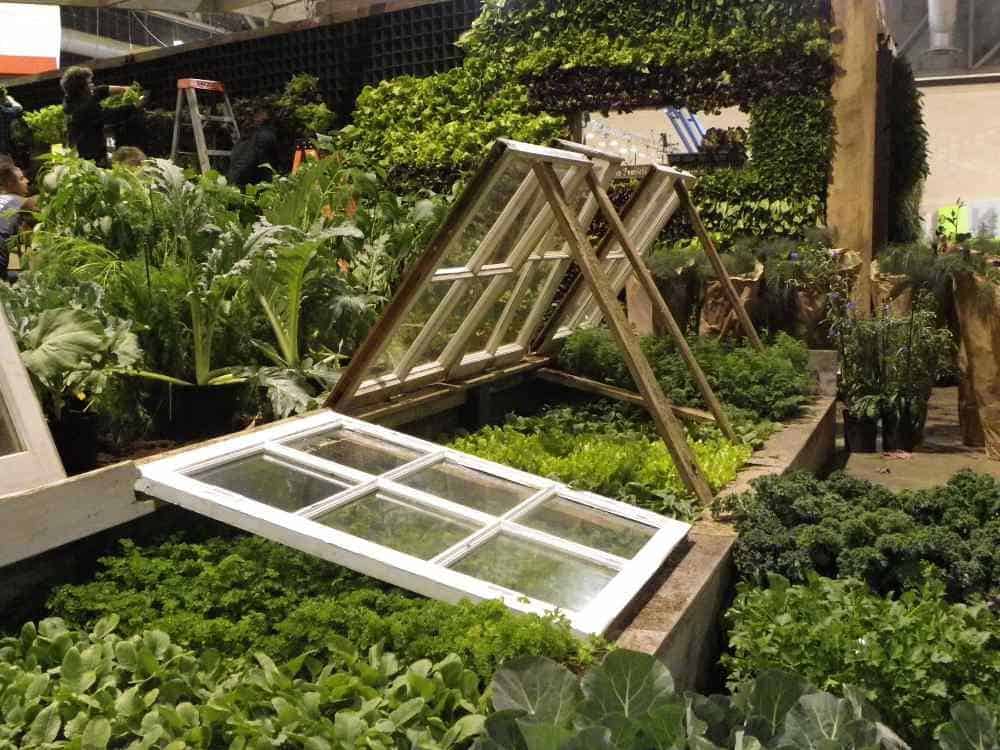
Extend your growing season and protect delicate plants using a DIY cold frame. This grow-house alternative offers insulation, shielding plants from cold temperatures. It provides an intermediate stage between a greenhouse and outdoor planting.
12. Plant crops in rotation
Crop rotation is a practice where different crops are planted in the same area year after year. This helps keep the soil healthy, manage pests, and ensure optimal growth. Your rotation could go like this:
Year one
- Section one: Legumes
- Section two: Brassicas
- Section three: Potatoes
- Section four: Onions and roots
Year two
- Section one: Brassicas
- Section two: Potatoes
- Section three: Onions and roots
- Section four: Legumes
And so on. Make sure to plan your crop rotation before the growing season starts. Mark out the plots so you know where to plant each crop, by following a successful crop rotation you extend the life of your allotment.
Round-up
Growing your food isn’t the only benefit of allotment gardening. It can also help you learn skills and joy in cultivating, which leads to a healthier lifestyle. We hope our allotment ideas will help you achieve just that!
If the space allows, why not add a petite garden storage shed to store all your gardening essentials? Should you have any questions, contact us or give us a call at 01909 768840.
Adding a shed to your allotment is the next step to upgrading your green space, if you don’t know How To Build A Shed Then consider having a read through this blog.










